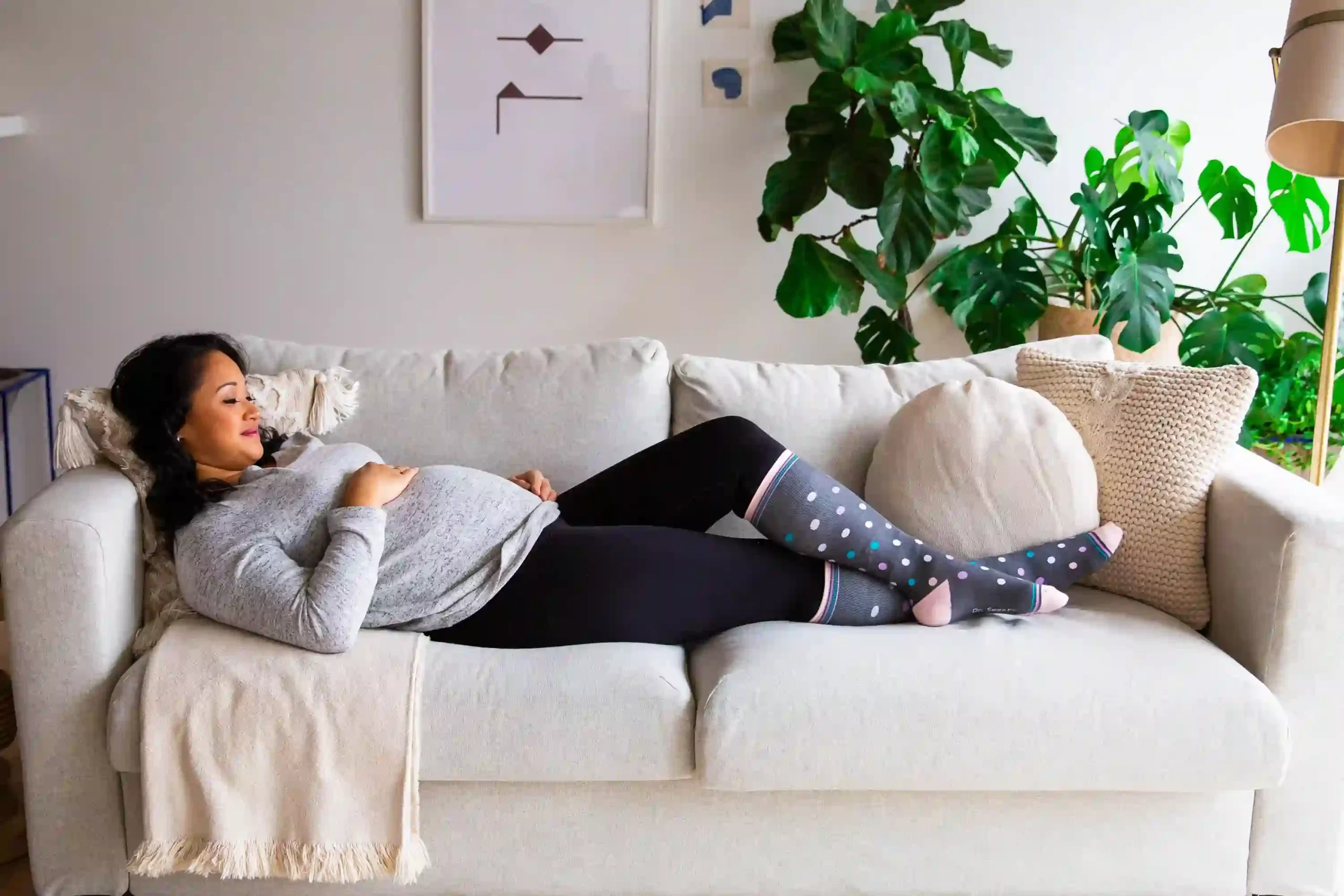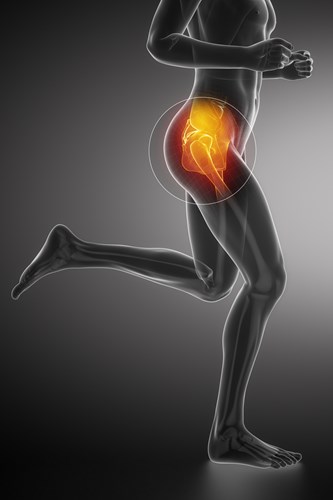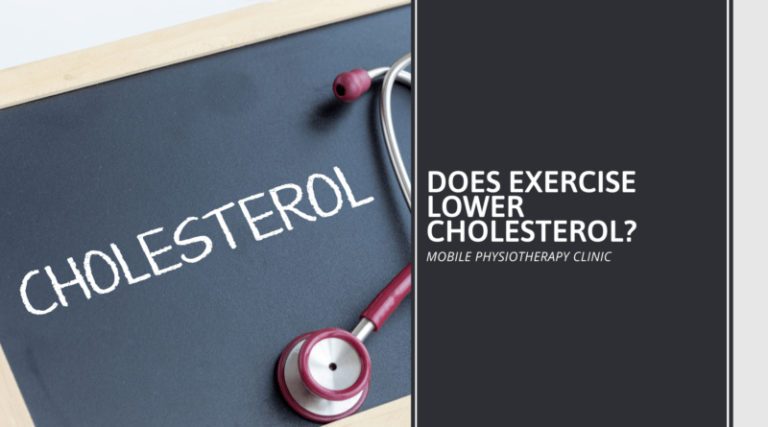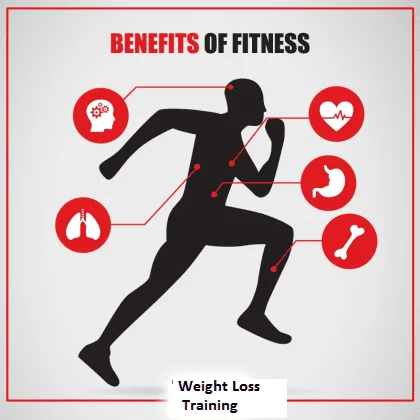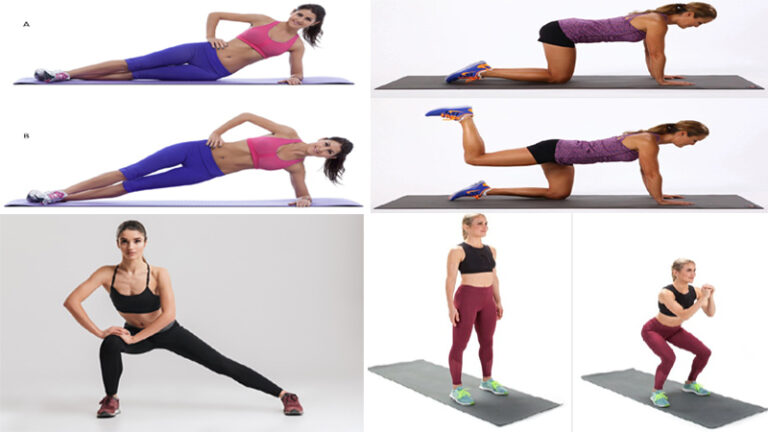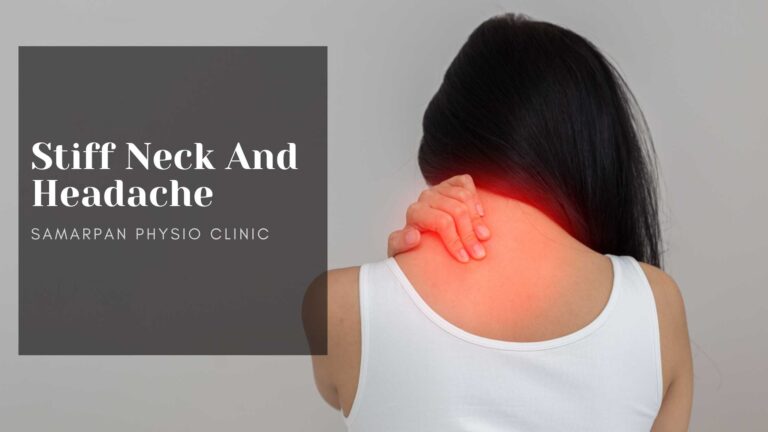Postpartum Swelling
Introduction
It’s common for new mothers to look down at their fingers, toes, or legs after giving birth and wonder why they suddenly look like they are swelling up. This phenomenon has an explanation though – postpartum swelling is experienced by about 80% of women in the first week after having a baby. And while startling at first, mild postpartum puffiness is usually normal.
So what causes this sudden swelling? Well in the simplest sense, swelling happens when fluid gets trapped in the body’s tissue. During pregnancy, a woman’s body produces almost 50% more blood and fluids to support fetal development and prepare for breastfeeding.
Once the placenta detaches after birth, the body starts shedding this excess fluid. Hormone fluctuations also play a role. These two factors combined often manifest as temporary swelling.
Why Does Postpartum Swelling Happen?
Swelling often begins shortly after the baby is born and is tied to hormone changes, particularly the sudden drop in estrogen and progesterone after delivery. These hormones previously helped the body retain fluid to support fetal development and breastfeeding. So letting go of the excess fluid causes temporary swelling.
Stress on the body from pregnancy and childbirth also increases inflammation and fluid build-up. Most swelling resolves naturally within days or weeks as hormones regulate and inflammation decreases. Putting your feet up whenever possible can help. Gentle exercise encourages fluid movement as well. Supporting your body nutritionally with a balanced diet and plenty of water helps too.
Hormonal Changes
Hormones like progesterone, estrogen, oxytocin, and relaxin increase steadily during pregnancy to relax joints and muscles, expand blood vessels, and retain fluid. This necessary fluid retention helps support fetal growth and prepare for nursing.
Within the first 3 days after delivering the placenta though, hormone levels plummet. Progesterone and estrogen drop dramatically now that their job is done. This hormone shift triggers the body to suddenly dump the excess fluids, sometimes causing temporary swelling in the mother as tissues release and veins constrict.
Fluid Retention
In addition to hormonal fluid shifts, physically straining blood vessels and muscles during labor and delivery can cause leakage of fluids into surrounding tissue. Stress on the body from pregnancy weight gain and childbirth trauma adds inflammation as well. Damaged blood vessels may become temporarily leaky.
Genetics, age, and underlying health conditions can also influence swelling prevalence. Extra fluid retention leading to swelling is simply the body’s normal response to pregnancy and birth stresses. Staying well-hydrated helps encourage fluid elimination.
Gravity & Body Stress
Gravity causes much postpartum puffiness to settle into the abdominal region, breasts, feet, and legs. Swelling often begins immediately post-birth but increases once mom is up walking. Blood pools lower when standing upright after lying down for a while. Fluid also concentrates in the feet and ankles because they are farthest from the heart.
Over 80% of women experience swollen ankles to some degree as the postpartum body works to stabilize. Elevating the legs periodically helps push fluid back into general circulation. Gentle movement is key though, as too much time inactive can worsen swelling. So getting some rest is important, but a short walk around the maternity ward here and there helps too.
Symptoms
Swelling in feet, ankles, and legs – The feet, ankles, and lower legs are often the first areas to become noticeably swollen after giving birth. Shoes may feel tighter and socks can leave indentations. The swelling usually gets more pronounced over the day and in the evening as fluid pools downward while standing upright.
Swollen hands – It’s not just the lower body that sees post-delivery swelling. Many new moms also experience puffy hands, especially around the fingers. Rings can become too tight. Sometimes just the hands swell, while other times the arms puff up too.
Puffy face – Facial swelling can give the appearance of a fuller face and slight “baby fat”, particularly around the cheeks, eyes, chin, and neck. Areas may look rounder temporarily before shrinking back closer to their pre-pregnancy appearance after postpartum swelling resolves.
General puffiness and bloating – Some women experience swelling and water weight retention throughout much of the body rather than isolated to the limbs and face. Their ankles are swollen, wedding rings won’t fit and they also just feel generally puffy, gassy, and uncomfortably bloated all over.
Heaviness in limbs – Swollen arms and legs can start feeling heavy, stiff, uncomfortable, and difficult to move. The weighted-down feeling makes carrying the baby and completing postpartum care tasks more challenging. Even small movements may become tiring.
Indentations from clothes or jewelry – Where swelling is most severe, clothing, socks, and jewelry can leave physical indentations on the skin that take some time to smooth back out once the pressure is removed. This demonstrates the level of fluid built up under the skin’s surface.
Where Does the Swelling Appear?
For many women, the swelling shows up primarily in the feet, ankles, and legs. This occurs due to the effects of gravity, as the remaining excess fluid moves downward. Swollen feet are often most noticeable at the end of the day.
Some moms also experience swelling in the hands, face, abdomen, or other parts of the body. This is also normal postpartum puffiness that generally improves quickly. Keep an eye on sudden or severe facial and hand swelling though, as that can indicate preeclampsia.
Treatment of Postpartum Swelling
While postpregnancy puffiness usually resolves on its own within a few weeks, there are some relief strategies to help you cope in the meantime:
Rest & Elevate
Getting adequate rest allows your body to direct energy towards recovery instead of just keeping up with daily demands. Sitting with your feet elevated above your heart several times a day utilizes gravity to promote fluid drainage from the limbs back into circulation.
Try to nap when baby naps (easier said than done!) and put your feet up whenever possible – even if just for 15 minutes. Enlist help from loved ones with housework, errands, and baby care so you can prioritize healing downtime. Consider recovery your most important task right now.
Stay Active
While rest is crucial, too much inactivity can also worsen swelling. Light exercise and movement promote blood flow and get fluids moving back into circulation. Start with some deep breathing exercises, practicing while the baby is nursing or napping. Short, gentle walks around the house or outside can also help get things flowing again.
Just don’t overexert yourself too soon. Walking should not cause pain or heavy breathing. Follow your body’s lead by only doing what feels reasonable in the early postpartum period. Joints, muscles, and ligaments need time to bounce back after opening up during pregnancy.
Compression Garments
Specialized maternity compression socks, tights, and sleeves apply gentle pressure to improve circulation in swollen limbs. This helps empty fluid from tissues and return it to blood vessels for drainage and kidney filtration. Many women find that consistently wearing compression wear during the day leads to substantially less swelling.
Proper Nutrition & Hydration
Hydration is key for flushing out excess tissue fluid via urination. Drink plenty of fluids daily – especially beverages like water with electrolytes, coconut water, and juices. An appropriate fluid intake when breastfeeding is about 13 cups per day.
Nutritionally, postpartum vitamins help replace depleted nutrient stores from pregnancy and nursing. Emphasize produce, fiber, and lean protein in your meals for anti-inflammatory benefits. Calcium, potassium, and magnesium also support musculoskeletal healing. Limiting processed foods and salt intake can further prevent bloating and swelling. Diuretic foods like parsley, berries, pineapple, and celery help your kidneys flush fluid too.
When to Call Your Doctor
While most postbirth puffiness is perfectly normal, increased swelling in the hands and face, sudden rapid swelling or swelling paired with visual changes, headaches or breathing problems can indicate a serious condition like preeclampsia or thrombosis. Contact your OB provider promptly if you experience:
- Facial swelling, especially around the eyes and cheeks
- Severe or worsening pain in one area
- Rapid swelling over hours
- Extreme skin sensitivity and redness
- Discoloration of swollen skin
- Swelling only on one side of the body
- Blurry vision, confusion, or dizziness
- Chest pain and difficulty breathing
Getting checked out quickly for symptoms above ensures proper treatment for potentially dangerous clotting or spiking blood pressure issues in the vulnerable postpartum period. Don’t hesitate to call your doctor with any worrying changes or symptoms associated with swelling.
Most cases do still turn out to be typical post-baby fluid retention though. So try not to worry too much as your poor waterlogged body recovers its equilibrium after the ultimate marathon of pregnancy and childbirth!
Coping with Discomfort
Dealing with Puffy Parts
So you’ve got fluid stuck in all the wrong places – Joy! Try not to fret. I know it feels like you’ll be swollen forever, but Relief Is Coming, Mama! In the meantime, focus on staying comfy. Here are some tips:
Loosen Up
Tight clothes constrict puffy skin – so not helping! Dig through those roomy dresses and leggings you hopefully saved. Or send your partner shopping for some loose-waisted lounge pants. Ditch any socks, shoes, and jewelry that bind swollen limbs. And don’t even glance at your wedding ring until that finger stops resembling a plump sausage. Let things air out!
Get Cold
Love that post-shower refreshed feeling? Well, even a quick cold rinse or splash of cool water on swollen areas can provide similar temporary relief. Apply cold compresses to edematous parts to constrict blood vessels and promote lymphatic drainage. Ah, sweet numbness! Don’t have ice packs handy? Toss some frozen veggies in a towel. An old-fashioned bag of frozen peas works wonders!
Take a Load Off
Posture plays a role in managing edema too. Sitting or standing upright all day lets gravity pull fluid downward. Whenever possible, lie on your side and elevate those puffy paws above your heart level. Or put swollen feet up on pillows when lounging or nursing. Getting complete weight off overloaded limbs helps tissues drain. Couch potato time = Healing time right now!
Enlist Backup
Between baby care, leaky boobs, screaming muscles, and now edema too – ugh, will it ever end?! Girl, You Need A Break. Ask friends and family to pitch in so you can regularly take healing sit-downs. Hire a postpartum doula if affordable or sign up for meal trains galore! You just housed a human for 9 months. Permission granted to be useless at everything else while recovering. DELEGATE!
This Too Shall Pass!
Remember – postpregnancy swelling might feel uncomfortable and look super weird, but it’s temporary. Within days or weeks, the puff should start decreasing. Get checked out for anything unusual of course. But in most cases, fluids balance back out after birth hormones simmer down. Be patient with your poor wrung-out body and soon enough those sausage toes will return to being cute little piggies!
Postpartum Swelling Recovery Timeline
Day 1-3 After Birth:
- Swelling often starts immediately after delivery as hormones shift and fluids start moving
- Feet, legs, and hands may start feeling puffy and rings get tighter
- Swelling is often mild in the early days but progresses by day 3
- Self-care tips: drink fluids, rest, elevate feet above heart
1 Week Postpartum:
- Swelling typically peaks around 3-5 days after delivery
- Feet, ankles, legs, and hands are likely the most swollen by days 4-7
- Face may start getting puffy for some women
- Discomfort is often greatest at the 1 week’s mark
- Self-care tips: ice packs, compression socks, loose clothing
2 Weeks Postpartum:
- The swelling has often improved noticeably but remains
- Limbs likely feel less swollen, heavy, and uncomfortable
- Rings may start fitting again but still be snug
- Shoes that didn’t fit 1 week ago are likely more comfortable
- Skin indentations from socks, etc start smoothing out
1 Month Postpartum:
- The majority of women are now back to their normal pre-pregnancy shape
- Hands/feet almost totally deflated for most by weeks 3-4
- Face slimming back down after initial puffy appearance
- For some, it can still take 4+ weeks for lingering swelling in feet
Call Doctor If:
- Swelling comes on suddenly and severely
- Only affects one limb (could indicate blood clot)
- Paired with headaches, visual changes, breathing issues, chest pain
So in the typical case, postdelivery puffiness peaks around the 1-week mark and then slowly improves over the following weeks. But always get concerning symptoms checked out promptly to rule out blood clots and other complications.
Summary
- Swelling in the limbs, face and other areas is very common after giving birth, affecting about 80% of women
- The main causes include hormone fluctuations, fluid retention from pregnancy stress, and the effects of gravity
- Swelling often appears in feet, ankles, and legs first then possibly hands, arms, and face
- Self-care tips: rest/elevate, gentle movement, compression garments, hydration, nutrition
- Call the doctor if sudden or severe swelling, visual issues, breathing problems, chest pain, etc.
- Most swelling starts to improve within the first 1-2 weeks but can last longer for some women
FAQs
How long does postpartum swelling last?
For most women swelling peaks at 3-5 days postpartum and then gradually resolves over the next week or two. But it can take 4+ weeks to fully go away.
What foods reduce swelling?
Foods like pineapple, celery, leafy greens, berries, lemon water, cucumber, garlic, and ginger have natural inflammation-lowering and diuretic effects to reduce bloat.
Is leg swelling ever dangerous?
While often harmless, severe sudden swelling in one leg can indicate a blood clot. Call your doctor promptly about single-limb swelling, calf pain, chest pain, or breathing issues.
Should I worry about swollen feet after delivery?
Mild to moderate foot/ankle swelling is very common and not dangerous if it develops gradually. But call your doctor about sudden, severe swelling in one leg.
Can compression socks help reduce pregnancy-related swelling?
Yes, compression stockings and socks gently squeeze the legs to promote fluid drainage from tissues back into circulation, taking pressure off overloaded vessels.
What can I eat to avoid extra postpartum swelling?
Foods with natural diuretic effects like lemon water, pineapple, celery, leafy greens, berries, and anti-inflammatory spices may help minimize fluid retention.
References
What to Know About Postpartum Swelling. (2017, March 12). WebMD. https://www.webmd.com/baby/postpartum-swelling-what-is-it
Watson, S. (2023, December 20). Postpartum swelling (edema). BabyCenter. https://www.babycenter.com/baby/postpartum-health/postpartum-swelling-edema_1152274
Timmons, J. (2016, April 4). 7 Natural Treatments for Postpartum Swelling. Healthline. https://www.healthline.com/health/pregnancy/postpartum-swelling
Scotch, A. W., & Valeii, K. (2023, July 28). Everything You Need to Know About Postpartum Swelling. Parents. https://www.parents.com/pregnancy/giving-birth/why-am-i-swollen-after-giving-birth/
https://ucarecdn.com/d156a103-df50-41b0-807a-9300f2032c52/-/format/auto/-/preview/3000×3000/-/quality/lighter/Polka%20Dot%20Compression%20Socks.jpg

